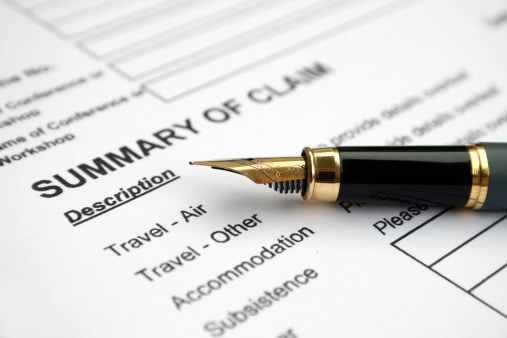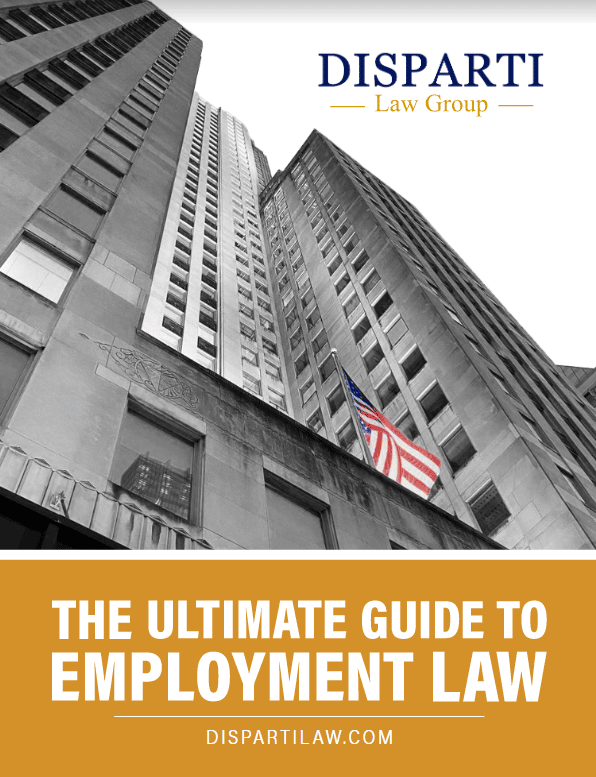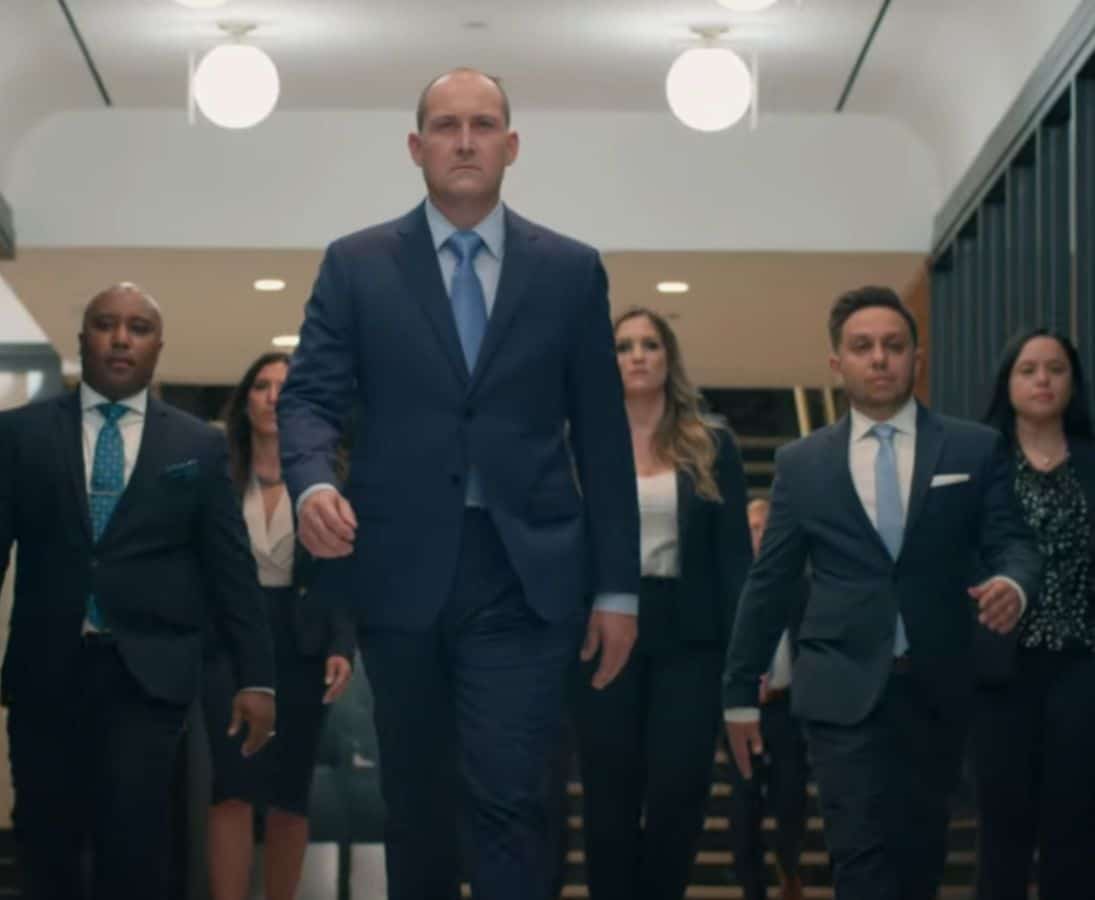There are many ways in which car accidents occur, with rear-end accidents being among the most common types. In general, people tend to assume that when one car strikes another from behind, the driver who does the rear-ending is at fault for the accident. While this is usually true, it may not always be the case. Learn about rear-end accidents, when you may or may not be at fault for one, and how a Chicago car accident lawyer can help in your case.
Negligence in Car Accidents
The reason why in rear-end accidents the car at the back is generally responsible, is that car accident liability revolves around the concept of negligence. That is, one driver behaves or fails to behave in the manner of a reasonable person, and that behavior or lack thereof directly contributes to or causes the accident.
In rear-end car accidents, since one driver drives or slides into the car in front of them, it generally follows that the car in the back is the one who was behaving irresponsibly. That is, they breached a duty of care by failing to stop, failing to exercise full control over their vehicle, failing to keep an eye out for dangers, to yield, or a variety of other assumptions of responsible driving.
When the Rear-Ended Driver Is Responsible
Though it is rare, there are times when the driver who gets rear-ended shares or even has full responsibility for the accident. In these cases, the driver in the rear may be eligible for compensation for the accident. This only occurs in very specific situations. For example, if the driver in front of you suddenly reverses and strikes you, or causes you to strike them, they may be at fault.
Other circumstances of fault include a driver suddenly stopping, slowing down to make a turn without engaging their turn signal and doesn’t actually make the turn, the driver’s brake lights don’t work, or a driver with an emergency doesn’t pull off to the side of the road and fails to turn on their blinkers.
Comparative Negligence
Florida operates on a pure comparative negligence standard for determining fault in an accident. In this case, the fault between two drivers is allocated based on the amount of liability each holds in the accident. The insurance companies, lawyers and if necessary the courts will determine the exact percentage of negligence each driver holds, and fault will be allocated based on that percentage.
For example, if one driver is found to be 40% liable for the accident, the driver who was struck can collect only 60% of the total damages. Thus, in a case where there is $8,000 in damages, only $4,800 would be collectible.
Contact a Chicago Rear-End Car Accident Lawyer
The best way to ensure that you get compensation for any car accident in which you are involved is to secure the services of a qualified Chicago car accident lawyer. A car accident attorney knows exactly how to challenge insurance company avoidance tactics, prove negligence, protect your rights and get you the compensation you deserve. Contact our offices for a free case evaluation today.














